As the name implies, construction materials are any material used in the construction industry. Many different types of construction materials have been used in the construction process, such as cement, sand, timber, boulders, steel, etc.
UNIT WEIGHT OF DIFFERENT MATERIALS
WATER = 1000 kg/m3
BRICKS (BROKEN) = 1420 kg/m3
BRICKS (COMMON) =1600 kg/m3
CEMENT (ORDINARY) = 1440 kg/m3
CEMENT (RAPID HARDENING) = 1250kg/m3
CEMENT MORTAR =2000 kg/m3
CEMENT CONCRETE (PLAIN) =2400 kg/m3
CEMENT CONCRETE (REINFORCED) = 2500 kg/m3
GLASS = 2500 kg/m3
LIME CONCRETE= 1900 kg/m3
CEMENT PLASTER =2000kg/m3
LIME PLASTER = 1700 kg/m3
STONES (BALLAST) = 1720 kg/m3
STONES ( AGGREGATES) = 1750 kg/m3
STONES (BASALT) = 2850 kg/m3
STONES ( GRANITE) = 2450 kg/m3
STONES (MARBLE) = 2650 kg/m3
TIMBER (OAK, SAL) =510 kg/m3
TIMBER (MANGO) =650 kg/m3
TIMBER ( TEAK) = 625kg/m3
COAL = 600kg/m3
PLASTICS = 1250 kg/m3
OILS = 800 kg/m3
ASHES =650 kg/m3
CLINKER =750 kg/m3
RUBBER = 1300kg/m3
SLAG =1500 kg/m3
CLAY SOIL = 1900 kg/m3
SAND (DRY) = 1540 to 1600 kg/m3
SAND (WET) = 1760 TO 2000 kg/m3
STEEL =7850 kg/m3
CHALK = 2100 kg/m3
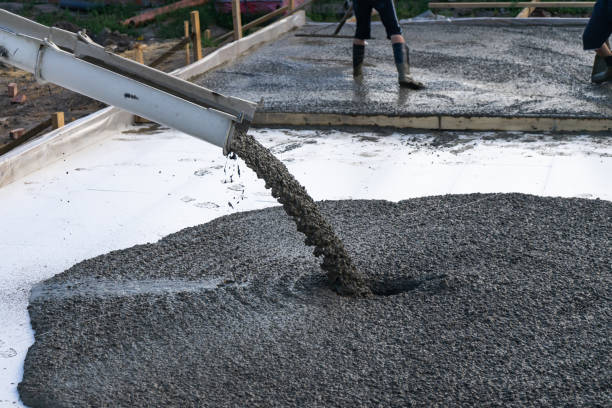
CONCRETE
Concrete is made by combining cement, fine aggregate (sand), coarse aggregate (gravel), stone chips, rock, and water in specific proportions. When mixed properly with cement and water, all of these ingredients begin a reaction to bind together, resulting in a plastic mass that hardens over time.
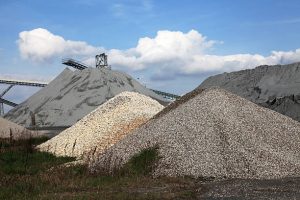
Aggregates –a necessary component of concrete that is combined with cement and water and is often composed of granular materials such as sand, gravel, or crushed stone.
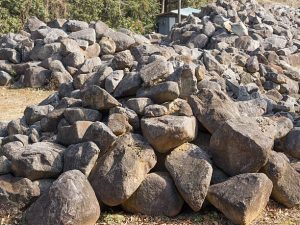
Boulders – a large rock usually used in stone masonry and gabion works.
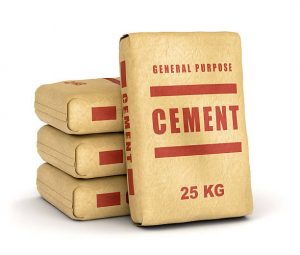
Cement – A fine powder, it is combined with water, sand and gravel or crushed stone (fine and coarse aggregate) to produce a rock-like mass known as concrete works. See Types of Cement.
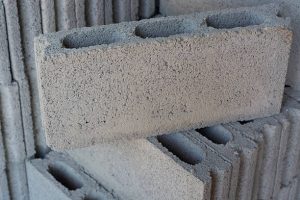
Concrete Hollow Block-For interior and external walls, is a form of concrete block. Hollow concrete blocks are used to form walls and divisions of a structure because they are lightweight and easy to work with. See Types of Concrete Block.
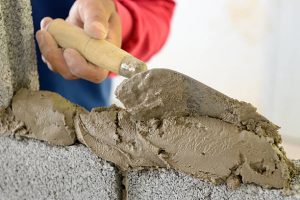
Mortar –A substance composed of fine aggregates and cement combined with water that is used in masonry works and is applied to walls, ceilings, and other similar surfaces to make them smooth and durable, as well as to protect them.
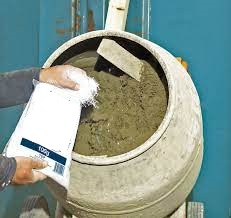
Admixtures –a material that is added to concrete before or during mixing to alter its characteristics. See Types of Admixture.
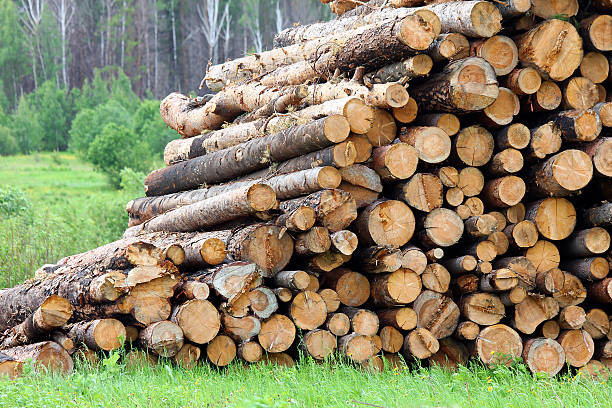
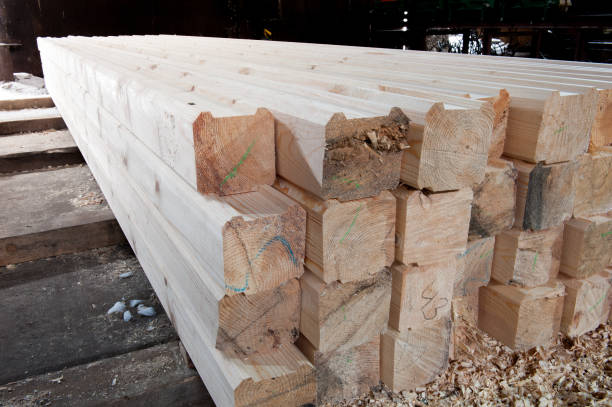
TIMBER
Timber is wood used for construction materials. It means trees that have already been cut down but have not yet been processed into planks and other forms to build with.
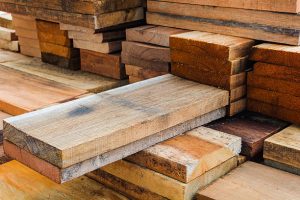
Coco Lumber -It is one of the most commonly used building materials. Scaffolding, framing, and even furnishings are all done using it by our local contractors.
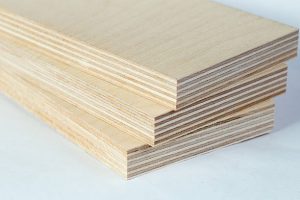
Marine Plywood -Maritime plywood is a type of structural plywood that is primarily used in the construction of boats, ships, and boat hulls, as well as in a variety of other marine applications.
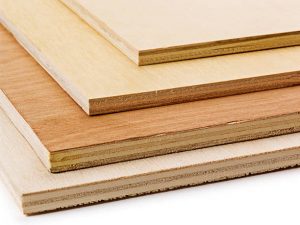
Plywood-Plywood is made out of wood veneers that have been glued together to form a flat sheet. Plywood is a very flexible commodity that is utilized for a wide range of structural, interior, and exterior applications, ranging from formwork to internal paneling.
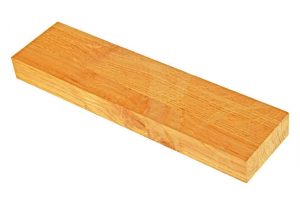
Plank – A long, flat, rectangular piece of wood with parallel sides by lapping ends over bearers. They are utilized as temporary platforms on supported scaffolds. Planks may also be utilized as a supporting material for shelves and home fittings, as well as for house flooring.
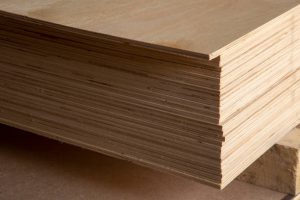
Plyboard– Ply board is a material composed of hardwood strips at its core and thin veneer panels on its top and bottom edges.
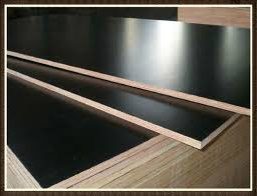
Phenolic Board – Moisture and water resistant flat sheet composed of wood and phenolic resin.
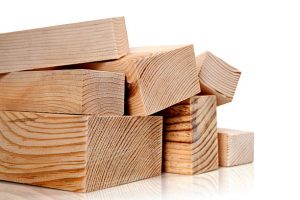
S4S – surfaced on 4 sides.
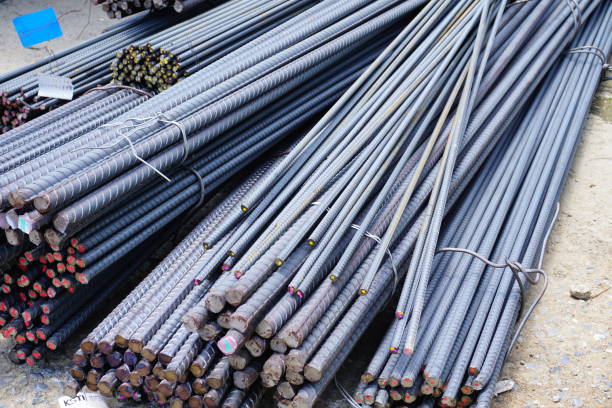
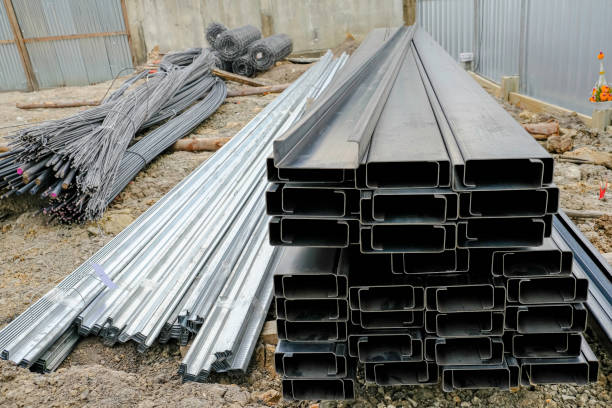
STEEL
A hard, strong, gray or bluish-gray alloy of iron with carbon and usually other elements, used extensively as a structural and fabricating material.
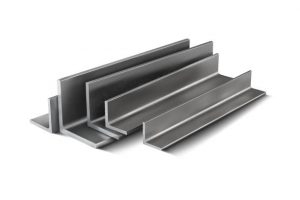
Angle Bar-As a structural support, angle bars are commonly used to provide a structure with more strength and stability. A more corrosion-resistant material is used in their construction: galvanized steel. They can be used to support bridges, cable towers, power towers, and many other structures.
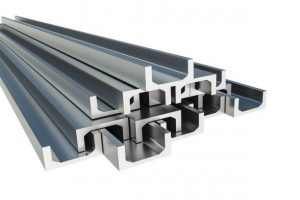
Channel Bar– Channel bars are the primary structural support of a building or structure. It is commonly utilized in machinery, automobiles, and construction and structural support applications. It possesses high strength, durability, and corrosion resistance, as well as a smooth surface finish. They are frequently utilized in all sorts of fabrication projects that are subjected to components such as fresh water, acidic chemicals, and salt water.
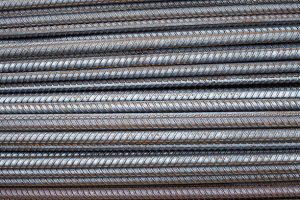
Corrugated Bar– Spiral or transverse ridges or nubs on either face of a steel bar for reinforcing concrete to establish a connection with it.
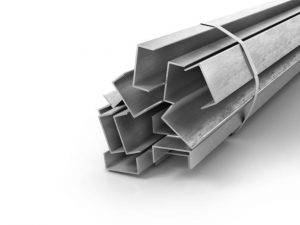
C purlins- C Purlins are horizontal structures that sustain the weight of the roof deck or sheathing.
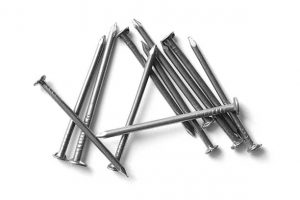
CWN – Common Wire Nail.
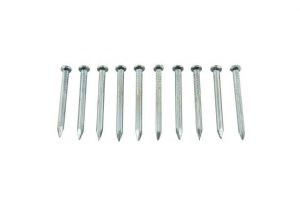
Concrete Nail- Concrete nails are frequently used to join wood parts and buildings, as well as to secure soft materials.
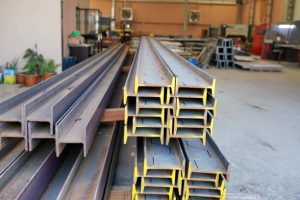
I beam – The I beam, also known as H, W, broad, universal beam, or rolling joist, is a structural steel form used in structures. They’re made to perform a crucial part in structures as a support member. These beams are often used to create beams and columns of various sizes and specifications.
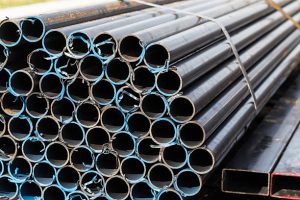
GI Pipe -GI Pipes are commonly utilized in rural and urban regions to distribute treated or raw water. These pipes are less expensive, lighter in weight, and easier to handle.
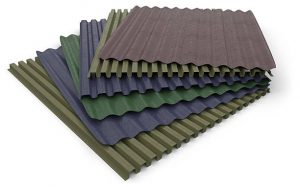
GI sheet- GI Sheet is a metal sheet that has been extensively covered with metallic and organic coatings. Because they are flat, GI sheets may be used for a variety of purposes and can be easily changed into other shapes without affecting the coating quality.

Round Bar– A round bar is a long, cylindrical metal bar with a wide range of industrial and commercial applications. Shafts are the most typical application.
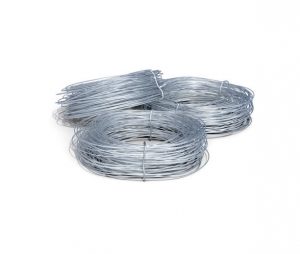
Tie Wire– Tie wire is an extremely flexible and resilient steel wire used by ironworkers to connect reinforcing steel.
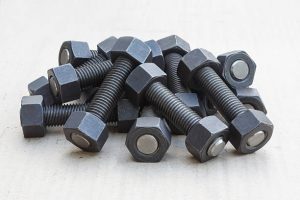
Bolts – Bolts are externally threaded, headed fasteners used to hold two items, often metal or wood, in a fixed position relative to one another. See Types of Bolt.
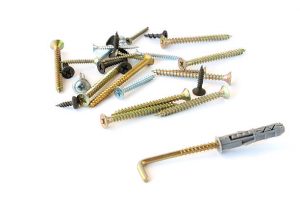
Screw-A small, slender, sharp-pointed metal pin with a raised helical thread running around it and a slotted head, is used to connect objects together by rotating them so that it pierces wood or other material and is securely held in place.See Types of Screw.

